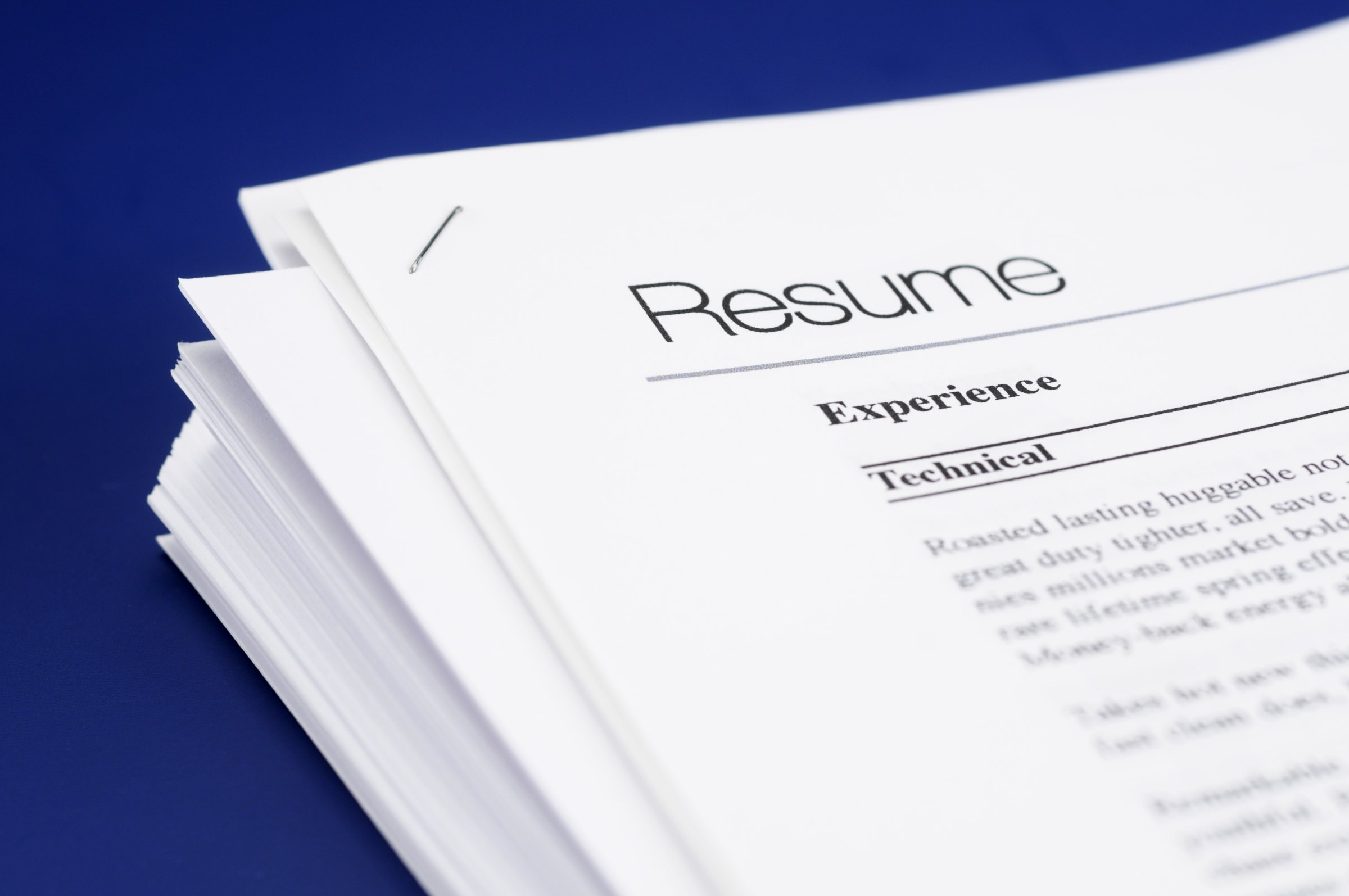

What section headings do you have on your resume? Let me guess: “Experience,” “Education,” “Additional Information,” and maybe a “Summary” section. That about covers it, right?
Well, if your resume doesn’t have a “Skills” section, you’re seriously missing out on an opportunity to showcase, you know, your skills. In fact, this is the most straightforward way for you to show to a hiring manager what you can accomplish in the position on day one.
The trick is, of course, figuring out what to actually include to illustrate what you bring to the table. While there’s no real go-to list of skills for you to pick and choose from (unfortunately), you can get pretty close by following these three steps.
Step 1: Review the Job Description
The most obvious place to look for the skills that the hiring manager will find exciting and eye-catching is the job description itself. Usually, for any given position, you’ll find minimum qualifications and preferred qualifications. For example, for an app developer position, you might find “programming experience in Java, Objective-C, or C++” listed under minimum qualifications and “deep technical knowledge of mobile application development (either Android or iOS)” under preferred qualifications.
Mine the job description, find all the low-hanging fruit, and, of course, decide for yourself if you feel comfortable listing those skills on your resume. (Obviously, lying won’t get you very far.)
Side note: While you’ll sometimes find soft skills, like organizational or communication skills, listed as qualifications, it’s important to point out that “Skills” sections are usually reserved for hard skills.
Step 2: Do Some Digging on LinkedIn
Next, pop the job title of the position you’re applying to into LinkedIn and have a look at some other professionals who are doing what you want to be doing. Scroll down to their “Skills” sections and look for trends in what’s listed. They might be different from what’s listed on the job description, but if you see them over and over, they’re clearly good to have in the field. Using the same example, for an app developer you might find “data structures,” “graphic design,” or “XML.”
Step 3: Don’t Limit Yourself to Skills
Now that you have a pretty good list of skills going for your target position, consider expanding beyond that. In fact, you don’t have to limit yourself to just a “Skills” section; you can create a “Skills and Projects” section that describes freelance gigs you’ve done or a “Skills and Interests” section that describes some of your relevant professional interests. If it makes sense, you might even want to pop job-related coursework into this section.
Lastly, don’t forget to include skills that you have that are always good to list regardless of the position, like foreign languages or technical certifications.
All in all, you should have two to three lines of skills, ideally broken up into sensible subsections, like “Technical,” “Courses,” and “Languages,” to keep it all tidy. If you have relevant work experience for the positions you’re applying to, place your “Skills” section at the end of your resume. On the other hand, if you’re looking to break into a new field, it makes more sense for you to place this section closer to the top—maybe even before your “Experience” section.
Whatever you decide to go with, your resume will definitely benefit from having a designated place for a hiring manager see what skills you bring to the table quickly.
This post is in partnership with The Muse. The article above was originally published on The Muse
More from The Muse:
5 Horrible Habits You Need to Stop Right Now





Read next: 5 Words to Avoid Using to Describe Yourself in an Interview
Download TIME’s mobile app for iOS to have your world explained wherever you go
More Must-Reads From TIME
- The 100 Most Influential People of 2024
- Coco Gauff Is Playing for Herself Now
- Scenes From Pro-Palestinian Encampments Across U.S. Universities
- 6 Compliments That Land Every Time
- If You're Dating Right Now , You're Brave: Column
- The AI That Could Heal a Divided Internet
- Fallout Is a Brilliant Model for the Future of Video Game Adaptations
- Want Weekly Recs on What to Watch, Read, and More? Sign Up for Worth Your Time
Contact us at letters@time.com